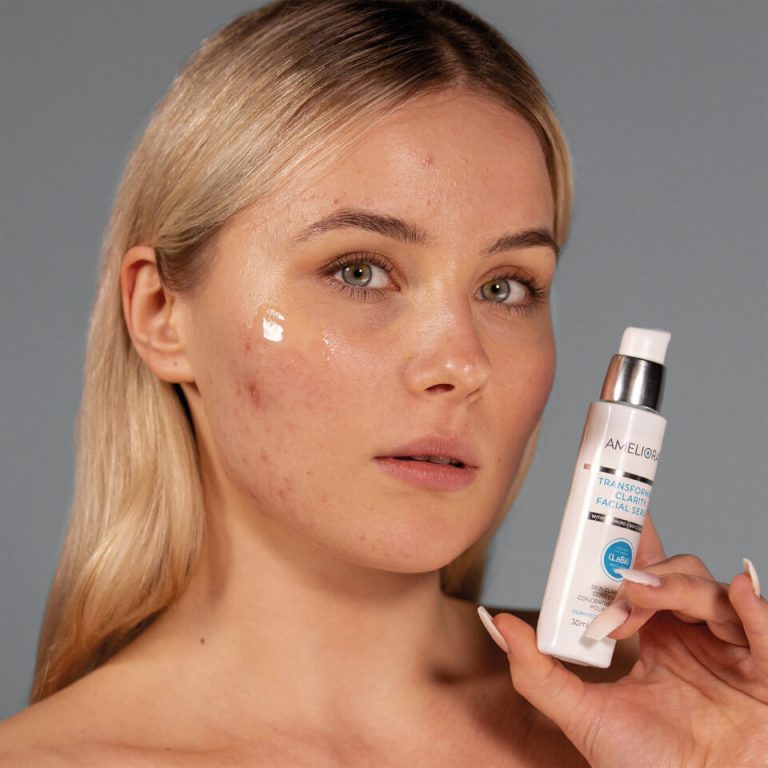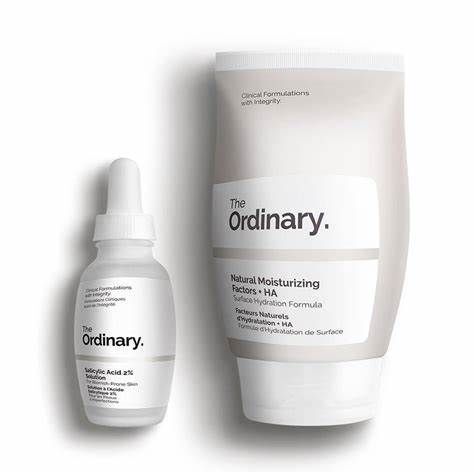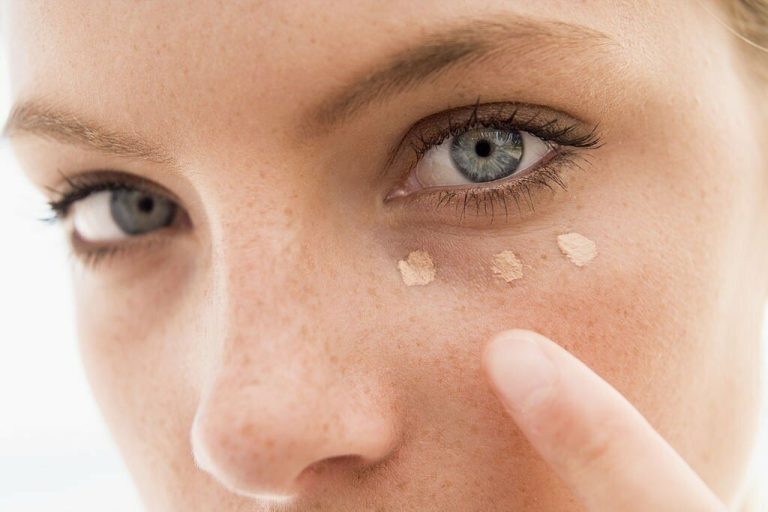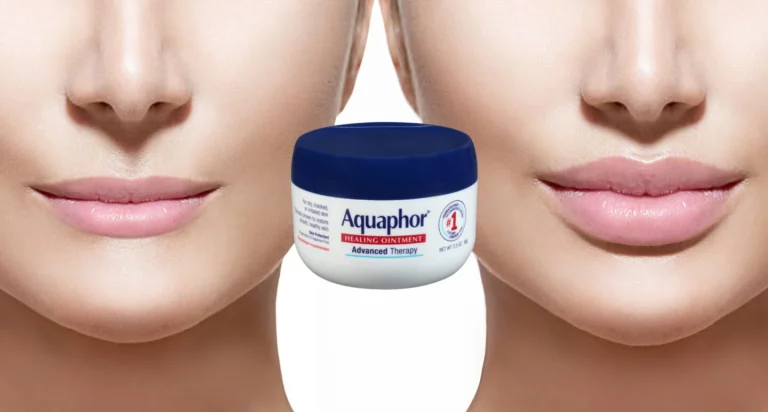Why Do My Eyelashes Hurt?

If you’ve ever experienced pain or discomfort in your eyelashes, you know how annoying it can be. As small as they are, eyelashes play an important role in protecting our eyes from dust and debris. So when they start to hurt, it’s a sign that something is wrong. In this article, we’ll explore the most common causes of eyelash pain and what you can do to treat and prevent it.
What Do Eyelashes Do?
Contents
Before diving into why they might hurt, let’s first look at what eyelashes actually do. Eyelashes sprout from the edge of the eyelid and arch upward. They act as a barrier to prevent particles like dust and pollen from getting into and irritating your eyes. Blinking causes the eyelashes to sweep across the eye surface, keeping it clear of foreign objects. Eyelashes also provide some UV ray protection for the sensitive eye area. So in short—eyelashes are protective shields for the eyes.
Common Causes of Eyelash Pain
Now that we understand their purpose, let’s look at some of the most frequent culprits of painful eyelashes:
Eyelash Extensions
Eyelash extensions have soared in popularity in recent years for enhancing the length and thickness of natural lashes. However, the glue used to apply extensions can cause irritation, inflammation, and discomfort. Too-heavy extensions may also place excessive weight on the natural lashes, causing pain and potential breakage.
Blepharitis
This common inflammatory condition affects the rims of the eyelids, where the eyelashes are attached. Blepharitis causes irritation, redness, and dandruff-like scaling which can make the eyelashes feel sore. It may also lead to styes, brittle eyelashes, and eyelash loss.
Ingrown Eyelashes
Just as hairs on the rest of the body can grow inward, ingrown eyelashes occur when the lash curls backward into the eyelid. The sharp tip of the lash shaft scratches the sensitive eyelid tissue, leading to pain and swelling.
Styes
These red, painful bumps are caused by bacterial infection of an eyelash follicle. A stye will feel tender to the touch and may look like a pimple at the base of the eyelashes. Multiple styes can occur at once, causing generalized soreness.
Eyelid Inflammation
Inflammation of the eyelid margins, medically known as blepharitis, often accompanies styes. The swollen, irritated eyelid tissue places pressure on the eyelash follicles, leading to discomfort.
Allergic Reaction
Contact allergy to cosmetics, medications, or other topical products can create an itchy rash along the lash line. Rubbing the eyes in response to the allergy can exacerbate irritation and pain.
Left Over Eye Makeup
Allowing eye makeup to build up along the lash line introduces bacteria that can trigger infection, styes, and follicle inflammation. Lash glue and mascara remnants can also physically irritate the eyelids and eyelashes.
Less Common Causes of Eyelash Pain
While the above are the most prevalent causes, here are a few other possible sources of eyelash discomfort:
- Trauma from rubbing the eyes too aggressively can place stress on the delicate eyelash follicles.
- Irritation from lash perming or tinting treatments if proper precautions are not followed.
- Infection of the eyelash follicles from bacteria, viruses, or fungi.
- Medical conditions like rosacea and seborrheic dermatitis which cause eye area inflammation.
- Hair removal accidents from tweezing, waxing, or threading.
Treatments and Remedies for Eyelash Pain
If your eyelashes are hurting, try these self-care tips to ease the discomfort:
- Use warm compresses to promote drainage and healing of styes.
- Gently massage the eyelids to loosen crusty buildup from blepharitis.
- Apply antibiotic ointment to styes to reduce swelling and fight infection.
- Remove eye makeup thoroughly each night to avoid residue buildup.
- Avoid rubbing your eyes which can worsen irritation.
- Rinse eyes with cool water to relieve allergy irritation.
- Take antihistamine allergy medication to control allergic reactions.
- Switch to gentler cosmetic products if your current items cause irritation.
For recurrent or severe eyelash pain, see your doctor or eye care provider for professional treatment. They may prescribe antibiotic or anti-inflammatory eyedrops, creams, or oral medications. Ingrown lashes may need to be removed. Blepharitis and other underlying conditions can be managed with prescription therapies.
When to See a Doctor
You should seek medical attention if you experience:
- A stye or swelling that gets worse or does not improve with home treatment
- Pus draining from the eyelid or eye
- Increasing eye pain, redness, sensitivity to light
- Vision changes
- Fever along with eye swelling
- Multiple styes recurring frequently
- No relief from over-the-counter remedies
- Ingrown eyelashes that do not get better with warm compresses
These symptoms indicate a potentially serious eye or eyelid infection that requires professional care. Left untreated, eye infections can sometimes lead to permanent damage.
Can Eyelash Pain Be Prevented?
While eyelashes are naturally prone to certain ailments, you can take these steps to lower your risks:
- Cleanse eye makeup thoroughly each day. Never sleep in makeup!
- Discard old makeup to avoid contaminating eyes. Don’t use makeup beyond its expiration date.
- Avoid over-handling eyelashes. Limit use of mechanical eyelash curlers.
- Be gentle when rubbing your eyes. Excessive vigorous rubbing can traumatize follicles.
- Treat underlying conditions. Control blepharitis, allergies, dermatitis to prevent flare ups of eyelash problems.
- Care for extensions properly. Follow stylist’s instructions carefully to prevent irritation.
Practicing good hygiene and handling eyelashes with care can help prevent many common causes of eyelash woes. But some problems like styes and inflammation may occur despite your best efforts. Listen to your body and see a doctor if discomfort persists.
The Bottom Line
Eyelashes are delicate structures that are vulnerable to infection, inflammation, and trauma. If your lashes begin hurting, act quickly to identify the cause and implement self-care. This can resolve many minor cases of eyelash pain. However, recurrent or worsening pain should be professionally evaluated to protect your vision and eye health. With proper care, your lovely lashes can return to bringing you beauty rather than pain!

Founded by Sophia Rodriguez, IGXO Cosmetics is a PETA-certified, cruelty-free, and vegan makeup brand.





